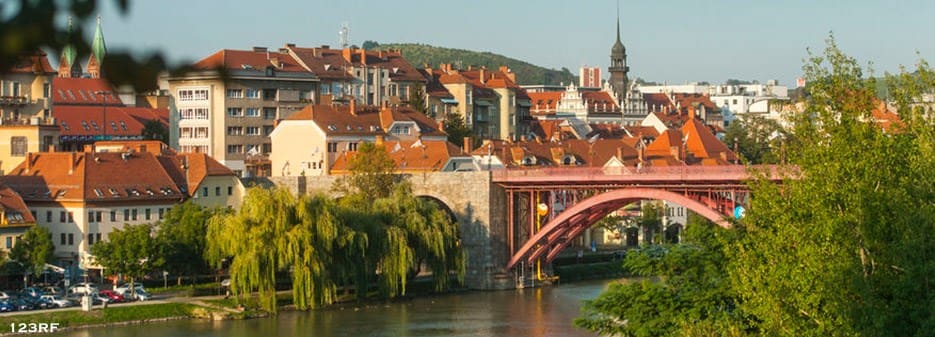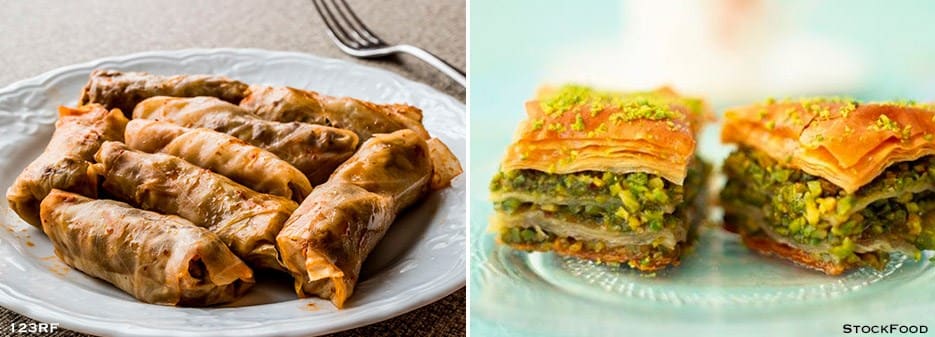Once a year, the main street in the town of Lendava, Slovenia, just beside the Hungarian border, is dotted with bubbling cauldrons stirred with long-handled wooden spoons that resemble broomsticks. It usually happens in August and it is not an annual witches’ reunion, but Bogračfest, a food fair featuring the regional specialty, a hearty and warming stew made of three types of meat (beef, pork and game), potatoes and flavored with paprika. It is a dish associated with the Prekmurje region of Slovenia, but also with Roma culture that has been a strong influence on the area since the Romani people settled here, back in the 18th century.
The Roma, the traditionally nomadic ethnic group that originated in ancient India and has spread throughout Europe since the 14th century is a rich but also mysterious one. The Roma people have traditionally lived on the fringes, often by choice. But one of the ways that their culture can most easily be presented to the wider public is through food.















